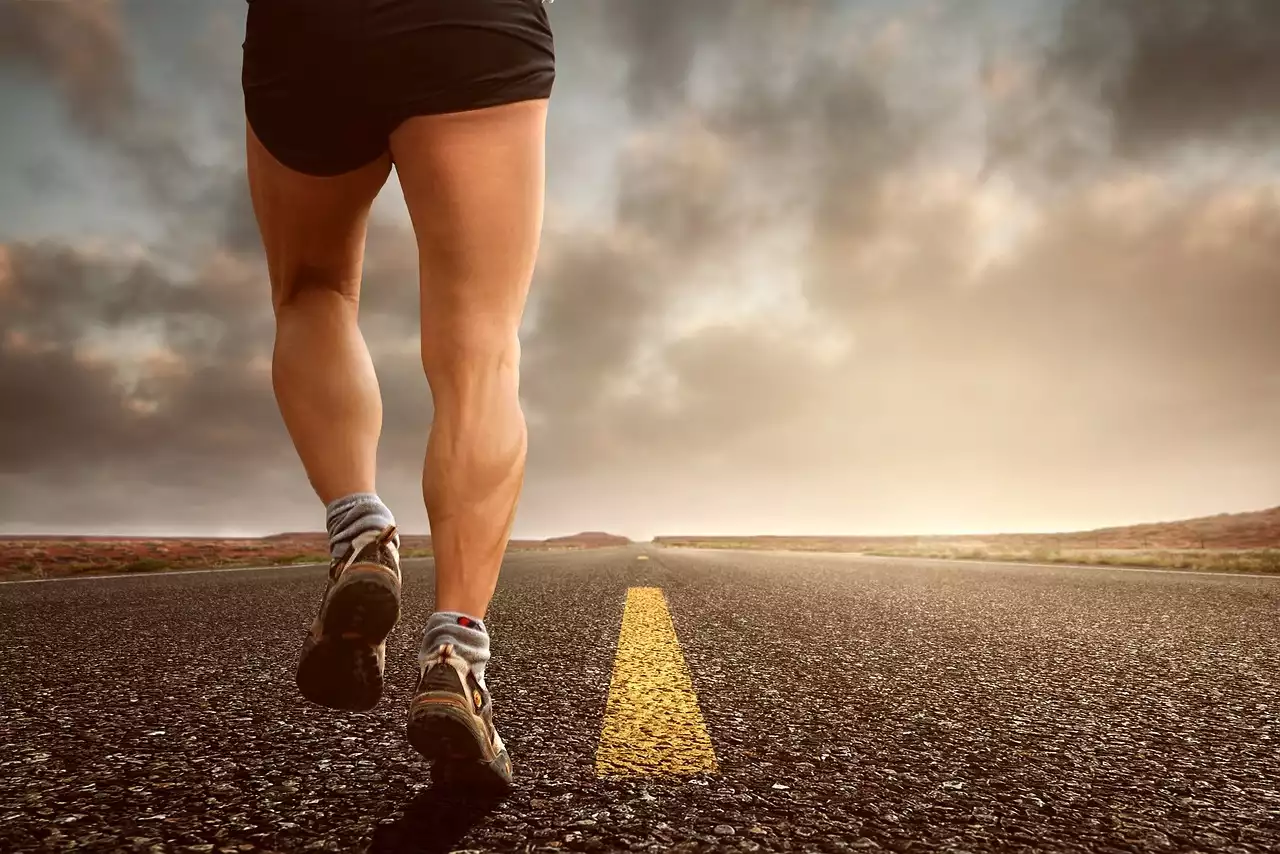Running Shoes - Choosing the Right Pair
As a runner, your shoes are the most essential piece of gear you will own. They are the foundation of your performance and can make or break your overall experience while running. When choosing the right pair of shoes, there are many factors to consider, including the type of running you plan to do, your level of experience, your foot type, and your budget.
First, consider the type of running you plan on doing. Running shoes come in many different styles, including road running shoes, trail running shoes, and racing flats. Road running shoes are designed for running on paved surfaces and offer excellent cushioning and support. Trail running shoes are designed for running on rough terrain and provide excellent grip and protection. Racing flats are lightweight shoes designed for speed and are often used by experienced runners.
Next, consider your foot type. There are three main foot types: neutral, overpronation, and supination. Neutral feet have a normal arch and require a shoe with a medium amount of support. Overpronation occurs when the foot rolls inward too much, and runners with this foot type require a shoe with more stability and support. Supination occurs when the foot rolls outward too much, and runners with this foot type require a shoe with more cushioning and flexibility.
Lastly, consider your budget. Running shoes can range from $50 to $200 or more. While it's important to invest in a good pair of shoes, it's also essential to find a pair that fits within your budget.
Running Socks - Importance and Benefits
While running shoes are the most important piece of gear a runner will own, running socks should not be overlooked. Running socks offer many benefits, including moisture-wicking properties, blister prevention, and arch support.
Moisture-wicking properties are essential for runners, as they help keep your feet dry and prevent blisters. Running socks made of synthetic materials or wool are the best for moisture-wicking. Blister prevention is also crucial, as blisters can be painful and cause discomfort when running. Running socks with extra padding or seamless toe construction can help prevent blisters.
Lastly, arch support is important for runners with flat feet or high arches. Running socks with compression or arch support can help provide extra support and prevent foot fatigue.
Running Apparel - Clothing for Different Seasons
Running apparel is essential for every runner, and the type of clothing you wear will depend on the weather and the season. When running in the summer, lightweight and breathable clothing is essential to stay cool and prevent overheating. Running shorts and a moisture-wicking shirt are ideal for hot weather. In the winter, layers are essential to keep warm. A moisture-wicking base layer, a mid-layer for insulation, and a waterproof and windproof outer layer are ideal for cold weather.
Additionally, running hats and gloves are essential for running in the winter. A hat can help keep your head and ears warm, while gloves can help keep your hands warm and prevent frostbite.
Running Accessories - Must-Haves for Every Runner
There are several running accessories that every runner should consider investing in. These accessories can make your runs more comfortable and enjoyable while also helping you stay safe.
A running belt or waist pack is an essential accessory for carrying your phone, keys, and other small items while running. A hydration pack or water bottle is necessary for staying hydrated during long runs. A foam roller or massage ball can help prevent muscle soreness and injuries. A headlamp or reflective vest is vital for running in low-light conditions, while a GPS watch can help track your progress and analyze your runs.
Hydration - Importance and Options for Runners
Staying hydrated while running is essential, as it can help prevent cramps, fatigue, and overheating. There are several options for hydration while running, including handheld water bottles, hydration belts, and hydration packs.
Handheld water bottles are ideal for shorter runs, while hydration belts and packs are better for longer runs. Hydration packs offer the most hydration capacity and can also be used for hiking and other outdoor activities.
Additionally, it's important to consider the type of liquid you are consuming while running. Water is essential, but electrolyte drinks can also be beneficial for replacing lost electrolytes.
GPS Watches and Fitness Trackers - Tracking and Analyzing Your Runs
GPS watches and fitness trackers are essential for tracking and analyzing your runs. These devices can help you track your distance, pace, heart rate, and other important metrics. They can also help you set and achieve your running goals.
When choosing a GPS watch or fitness tracker, consider the features that are most important to you. Some watches offer more advanced features, such as music playback, while others focus on basic tracking and analysis.
Injury Prevention - Using Gear to Avoid Common Injuries
Injuries are a common occurrence for runners, but there are several pieces of gear that can help prevent common injuries. Compression socks or sleeves can help prevent shin splints and calf strains, while knee braces can help prevent knee injuries. Foam rollers and massage balls can also help prevent muscle soreness and injuries.
It's essential to listen to your body and take the necessary precautions to prevent injuries. Additionally, it's important to invest in high-quality gear that is designed for injury prevention.
Budget-Friendly Running Gear Options
While it's important to invest in high-quality running gear, there are several budget-friendly options available. For example, many running shoe brands offer affordable options that still provide excellent support and cushioning. Additionally, running socks can be purchased in multipacks for a lower price.
When looking for budget-friendly gear, it's important to consider the features that are most important to you and find options that fit within your budget.










